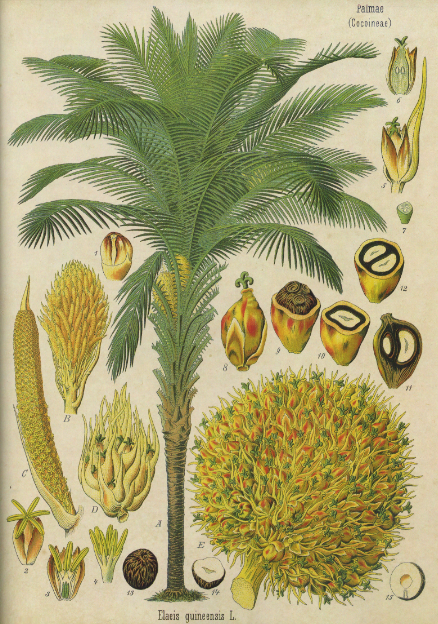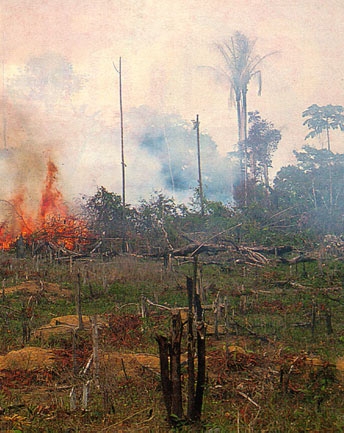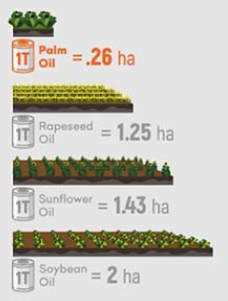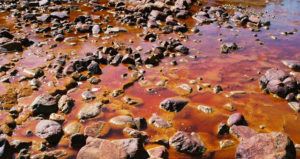In recent decades palm oil market has had a significant increase, and its production covers nowadays about 35% of all vegetable oils on a global scale, with more than 70 million tons per year. The reasons of such a success are mainly due to its chemical-physical features, which make it highly suitable for food industry use, as well as to its cheapness. But it’s just this great success that has raised the attention of public opinion regarding this commodity, often thought to be dangerous for health, environment and society. So… Is palm oil actually unhealthy? Is its production fair and sustainable? The topic is widely faced on the internet, where you can find much information, sometimes even reliable, but almost always lacking an overall view. Even if the complexity of the issue makes a univocal synthesis quite hard, with this article we attempt to fill this gap in a clear and as synthetic as possible way.

Palm oil is extracted by mechanic and/or chemical methods from fruits of oil palm (Elaeis guineensis Jacq.), species native to equatorial Africa and grown in tropical areas, characterized by high temperatures and abundant rains all over the year. Its production, mainly located in Indonesia and Malaysia, is used for about three quarters as food. China, India and EU are the main importers.
Rough palm oil, almost entirely composed of lipids, is solid at room temperature because of its high content of saturated fatty acids, mostly palmitic acid (C16:0), amounting to about half of the total. Just to make a comparison, the ratio of saturated and unsaturated fatty acids is around 1:4 in olive oil and 1:6 in sunflower oil. Despite its name, palmitic acid is part of several fats and oils of different origins, and it’s naturally synthesized even by human organism.
While in Africa and Asia palm oil is mostly used as condiment, in EU it’s used only in food industry because of its features, which are very appreciated by the sector: first of all it is tasteless, therefore able to enhance flavor and to give crunchiness or friability, without altering the typical taste of different foods; secondly it is highly resistant to oxidation, and this makes products less perishable. Thanks to this last feature palm oil has almost totally replaced hydrogenated fats (also known as margarines), that are fats subjected to chemical processes aimed at increasing their preservability. Finally, its high smoke point (around 230°C|450°F) makes it very suitable for frying.
The widespread use of palm oil has therefore raised a question regarding the healthiness of the product. Let’s try to shed light on the issue referring to a 2016 report by the Italian National Institute of Health based on the meta-analysis of authoritative clinical studies carried out over last 20 years.
According to INIH there is no scientific evidence that palm oil itself is harmful for health, and its potential dangerousness is exclusively attributed to its high content of saturated fatty acids, well known to be cause of several cardiovascular diseases. In other words, there are no specific components of palm oil more dangerous than any other source of saturated fats. In this regard, the INIH suggests that the replacement of margarines with palm oil may be rather considered as positive, because of the well-known unhealthiness of hydrogenates fats. This doesn’t mean that palm oil is not unhealthy, but just that it’s not more harmful than any other fat with a similar composition.
Another issue about palm oil concerns ethical aspects of its production. In this case we refer to the 2018 report Oil palm and biodiversity by the International Union for Conservation of Nature.

On October 2017 industrial-scale oil palm crops covered 18,7 million hectares (surface comparable to a nation like Syria) and, although there are no data about smallholder plantations, they’re thought to have significant extension. This crop has been highly competitive with intact forest, logged forest and peatland. The IUCN indicates clearly that, even if less than in the past, the expansion of oil palm plantations is still one of the main drivers of legal or illegal deforestation, significantly contributing to several environmental problems such as emission of greenhouse gases, alteration of hydrological processes, destruction of habitats, etc.
The case of Borneo is emblematic: between 2005 and 2015 the island known as the paradise of biodiversity, once almost entirely covered by tropical rainforest, lost about 4,2 million hectares of forest, a half of which was replaced by oil palm plantations.
The situation is compounded by agricultural practices: again according to the IUCN, most plantations are currently managed with little attention to their environmental impact.

In spite of such negative impacts we must highlight that palm oil represents an important resource to guarantee global food security. As the matter of fact, vegetable oil demand is expected to increase as a consequence of world population growth, and in such a context palm oil seems to be a very suitable candidate to meet the future needing of humanity. Oil palm is in fact a highly efficient crop in terms of yield, so much that, for equal surface, it can produce a quantity of oil up to 9 times higher than other crops such as soy, rape and sunflower. Its culture is also less demanding in terms of productive inputs, as it is mostly rain-fed and requiring on average less fertilizers and pesticides then other crops. In the light of this, according to IUCN a ban of palm oil may have even worse environmental effects, just because of a concrete risk that it will be replaced by more land-hungry crops, thus shifting the problem in other fields and/or areas of the planet.
The issue concerning effects of oil palm cultivation on local communities is also much debated. Even if IUCN report doesn’t examine in depth social implications, it points out that in many cases economic benefits do not compensate losses due to destruction of forest, as it is source of water, food and other goods for several communities. There are even sporadic cases of social diseases as a consequence of land grabbing in Latin America. On the other hand in many cases, especially in Indonesia and Malaysia, palm oil sector represents an important opportunity of employment and development of marginal areas thanks to the provision of infrastructures.
In such a context reason seems to suggest that a categorical condemnation of palm oil is not wise, but rather we should aim for a sustainable production, for instance by not fostering market based on deforestation and/or mistreatment of workers. In this regard, we point out that many producers are striving to obtain a quality certification, even if someone has raised doubts about possible conflicts of interest concerning certifiers.
The prospects for sustainable production of palm oil therefore concern a wide audience of actors: at first policy makers, who should encourage low-impact production; than researchers, who should direct their efforts in enhancing production efficiency; and last but not least consumers, who can direct the market with a responsible behavior. With a special reference to consumers, in full respect of TAT spirit, we take the liberty to suggest that, beyond personal convictions, limiting the consumption of fats, as well as that of animal proteins, is always a good habit.




